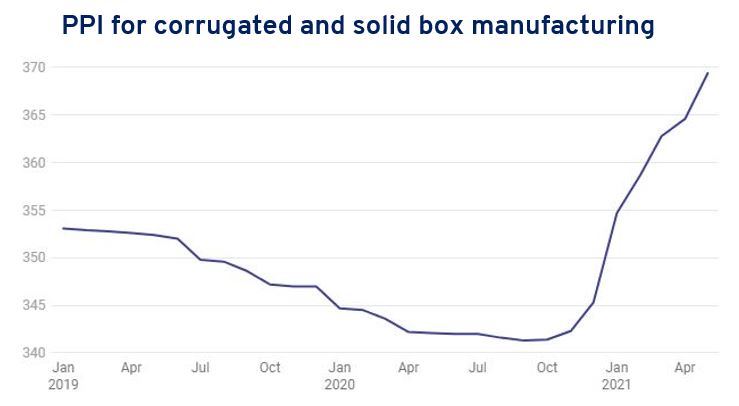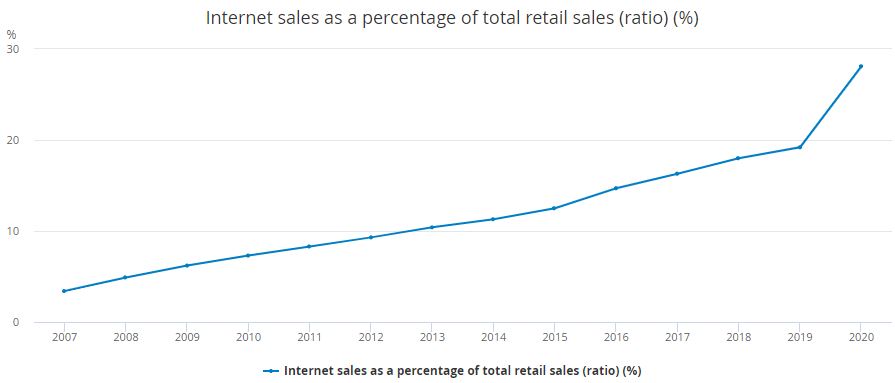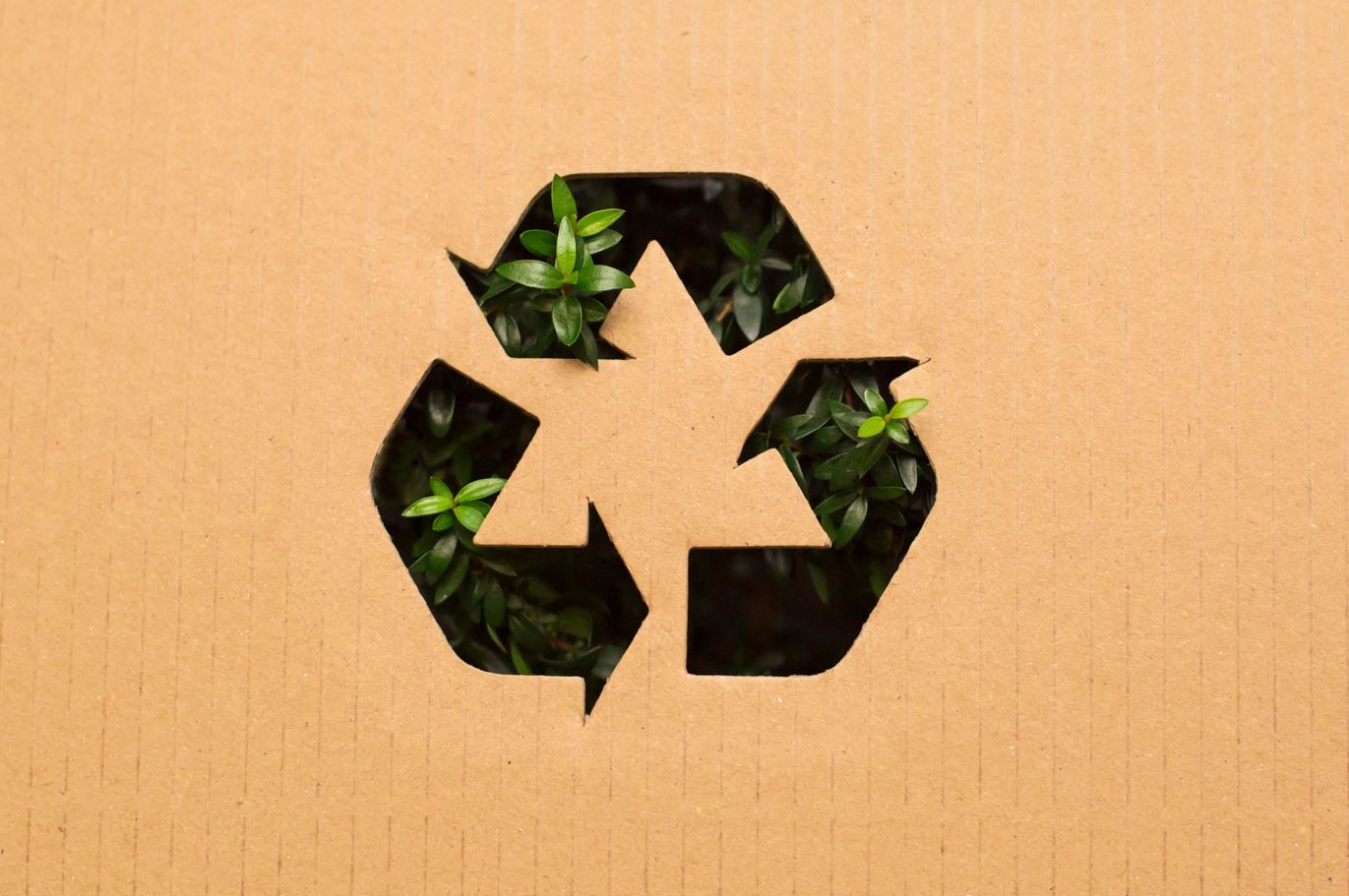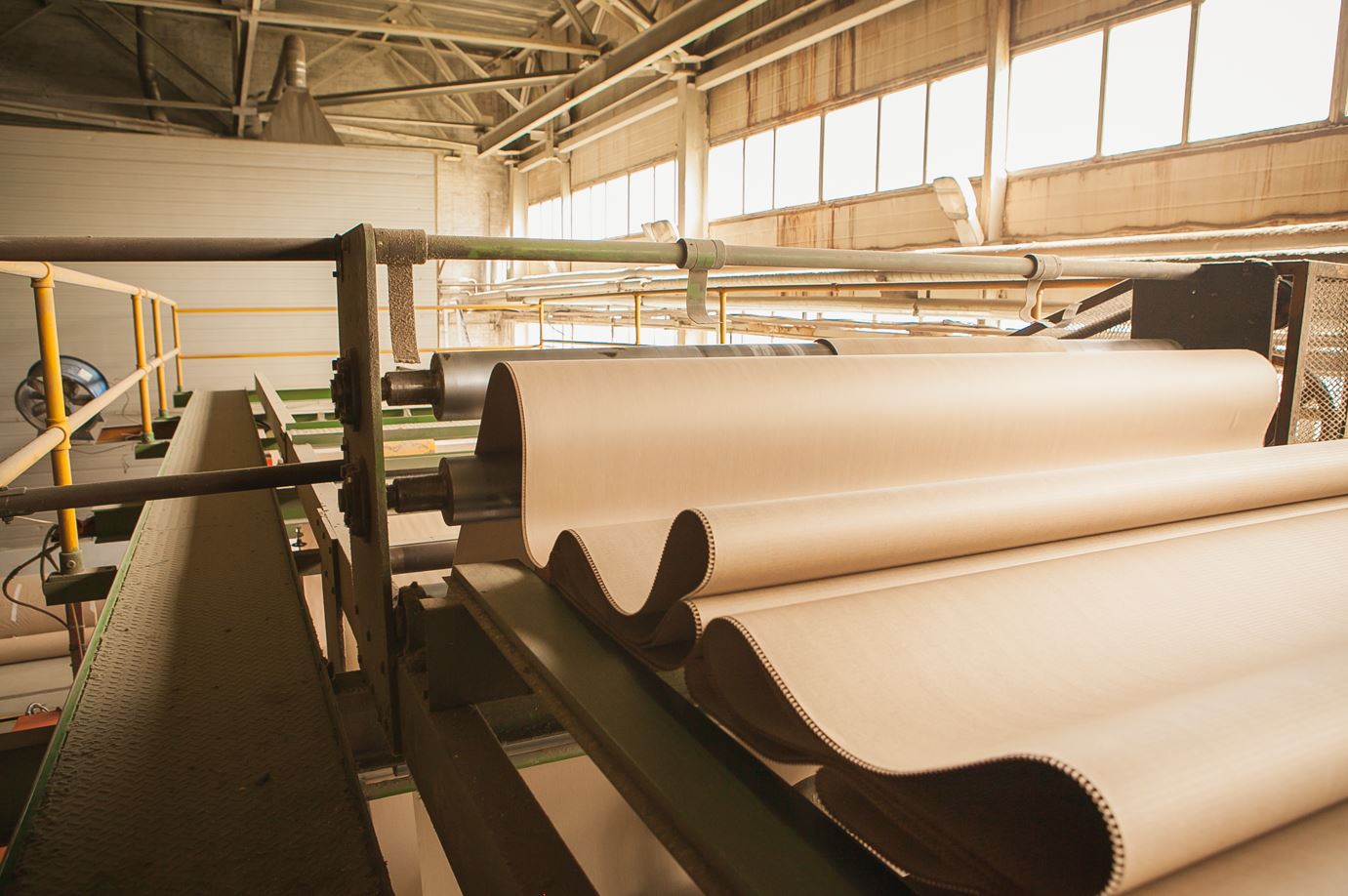The 7 reasons why box prices are going up
With almost every industry increasing their prices, even Netflix just sent their price increase through, the packaging market is unfortunately no exception.
Following the struggles the packaging industry faced earlier this year with packaging shortages, we now face a new challenge – paper supply difficulties.
In the UK, one paper industry expert has said the situation is as bad as it was in 1995-1996. He also said that paper needed to be ordered a minimum of 12 weeks ahead, potentially 14-16 weeks, with some paper mills reporting that all their production for the remainder of the year was now allocated!
In this article, we will be explaining exactly why cardboard prices are on the rise and how it is affecting the entire packaging industry.
The paper market struggle is real and here are the 7 reasons why
Are you being stunned by price increase after price increase from your packaging supplier? We’d love to say that we’re different, but we’re not, as the whole paper market is struggling to keep up with demand. We hate to say it but if you haven’t received a price increase, then you will shortly or you might be faced with the supplier running out of packaging as they are not adapting to this market quick enough.
(Chart: Edwin Lopez / Supply Chain Dive Source: U.S. Bureau of Labor Statistics Get the data Created with Datawrapper)
As you can see from the above chart the Producer Price Index (PPI) for corrugated and solid fibre box manufacturing has sky-rocketed. Paper prices are dramatically increasing and these are the 7 underlying reasons:
- Factory closures, labour shortages and increased salaries
- Rise in Ecommerce
- Drive towards Sustainability
- Interrupted Recycling System
- Logistics Crisis
- Slow Progress in Innovation
- Alternative factors including oil prices, energy costs and inflation
Factory closures, labour shortages and increased salaries
Probably no surprise anymore but the Covid-19 pandemic had a significant impact on the paper industry around the world, with a few mills even being forced to close and others struggling with labour shortages.
Part of the labour shortages is the fall in lorry drivers with some businesses such as petrol stations having significant difficulties importing and exporting. In the UK, the fall in HGV drivers has been made worse by retirements, post-Brexit difficulties in hiring workers from the EU and drivers leaving the industry for higher-paying jobs. On top of this, most driving tests were suspended during lockdown restrictions, negatively influencing new drivers being able to enter the market.

Next to labour shortages, in the UK the national living wage and minimum wage have risen in 2021 and will rise again by 6.6% from April 2022. As an accredited Living Wage Employer, we fully support this increase which will help raise the living standards of low-paid workers. Ultimately, a rise in salaries will without doubt be reflected in the costs of goods.
Rise in Ecommerce
The pandemic has immensely accelerated the move to online retail sales. Through all the lockdowns, online shopping became a necessity. In fact, the proportion of retail sales via the internet has nearly doubled to 27.9% in the last years!
(Source: ONS)
The additional challenge with ecommerce is that the package is handled 20 times more frequently than products purchased in the shop. Hence, the packaging need more protective properties which is often paper-based.
Drive towards Sustainability
The drive towards sustainability is an amazing movement and as a certified B-corporation we’re all for it! However, the many businesses ditching plastic and switching to paper-based material has added even more pressure on the paper market.
Plastic has received a bad rep in the last few years even though used in the right context, plastic can be more durable and can be recycled more times. Whereas each time paper gets recycled the recycled fibres lose strength and input of virgin fibre is essential to keep the strength of the recycled cardboard. This is of course a whole conversation in itself, but the fact remains that the vast number of businesses switching to paper-based material have added more burden onto the already struggling paper market.
Interrupted Recycling System
Talking about recycled paper, since the pandemic, prices of waste paper have steadily climbed up as there has been increased demand on top of a severe lack of supply. Before the pandemic with the bulk of deliveries ending in high street shops and restaurants, packaging waste found its way quickly back into the recycling system. With the increase in online shopping, there is a lot more packaging found at residential addresses. With home recycling bins having everything in it and only being collected bi-weekly, it costs more and takes longer for the paper waste to find its way back into the mills.
Another big challenge with recycling paper is how to deal with soiled paper. Even the smallest amount of grease on a single item, like pizza boxes, can lead to the whole recycling bin being rejected.
Logistics Crisis
If your business has a global supply chain, you will be already very familiar with the rising container costs. The international container costs continue to rise due to disruption to the network caused by the pandemic. It is affecting haulage across Europe, leading to increased costs and lower availability. This has resulted in a significant cost pressure on both raw materials and finished goods.
With the reduction of imports to Europe from the rest of the world combined with current global shipping challenges, more pressure has been put on the paper industry. The situation has caused paper allocation from mills to be restricted, causing lead times to be extended and costs to continue to rise.

Slow Progress in Innovation
There has been a variety of new materials coming to market from mushroom- to grass- to seaweed-based materials. It is not that there is a lack of innovation in the packaging industry but the process from innovation to getting it onto the market in industrial scale is incredibly slow.
According to the World Counts, from 2010 to 2060, the global consumption of pulp and paper is expected to double. An increased paper production will also add further to the pressure on the world’s forests that are already in a critical state. New materials on industrial scale are desperately needed.
Alternative factors
If this seems like a lot, it is not even the full extent of the challenges we currently face. For example, oil prices are rising steadily, as well as energy costs and did someone mention inflation?
The inflationary pressure is set to continue for the rest of 2021 with box prices rising by 38-45% and economic recovery maintaining strong demand. New paper, board, and box conversion capacity is expected to come on stream in 2022.
In summary, when there is not enough of a commodity, prices will keep rising until there is closer equilibrium between supply and demand.
How far have cardboard prices gone up in price?
Corrugated demand is at exceptional levels. The UK annual corrugated demand typically grows by 2% in a good year. UK corrugated volumes are now up by 5-6%! The majority of companies are now working overtime, taking the industry to capacity and leading to extended lead times.
The labour shortages are not only in paper mills, but also ports and transport companies. Due to these shortages, we are now experiencing even more price increases. These prices increases are affecting the following products:
- Wastepaper (recycling containerboard): wastepaper prices have risen almost every month in 2021, 87% higher in the year to date.
- Containerboard (paper for making boxes): prices will have risen in 8 months out of 10 in 2021. 43-48% higher in year to date.
- Sheet board: prices have risen by 52%.
- UK box prices: these prices have risen by 38-45% so far this year.
So why is the demand so high? A 20-30% increase in demand has created a peak that would annualise to circa 1.2 billion boxes in extra UK demand.
What does the increased box prices mean for customers?
Due to the paper mills closures and higher demand, order books for European manufacturers have grown significantly and this has resulted in increased lead times to unprecedented levels that is unlike anything we have seen before – at least in the last decade.
Manufacturers of paper and board are continuing to apply increases globally and now have started to implement energy sub-charges. This growing pressure on costs, combined with the supply and demand issues, will continue to put upward pressure on prices in 2022.
At Swiftpak, we have built a secure supply chain over the last 40 years. While price increases are unavoidable in the current climate, we are doing all we can to support our customers with a steady supply chain. For any paper-based requirements, please contact us as early as possible so that we can secure the stock for you.



